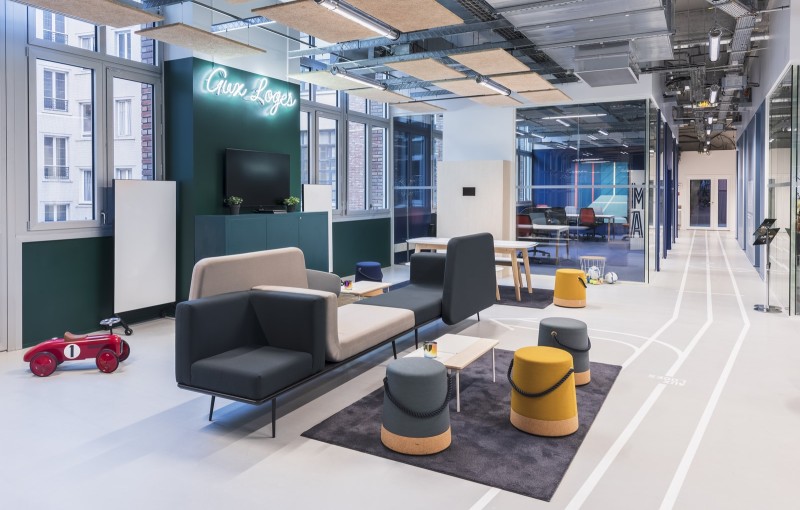Since 2023, according to the goals in the Energy Agreement, every office must meet energy label C. This means that offices with a lower energy label, i.e. D through G, must make adjustments.
Blogs
What is BREEAM certification? Sustainability and added value for your office
What exactly is BREEAM and what added value does it offer? This label is a strong indicator of quality, but it is certainly not the only way to rent sustainably. Let’s take a look at how BREEAM can enrich your search.
The optimal internet speed in the office: How to determine your actual needs
You’re looking for a new office location or want to optimise your current one. But how do you ensure that the infrastructure meets the demands of the modern cloud and video culture?
Insurance in flexible office space: Who is responsible for what?
This article provides a clear overview of the layered obligations involved when renting in a multi-tenant building.
5 reasons why office space is important in the digital era - 2026
5 main reasons why office space is important in the digital era! Maximize cooperation and creativity, create an organization's culture and more!
6 elements to consider when choosing an office space, comparing Serviced office vs. Conventional office.
In this blog you can read 6 elements to consider when choosing an office space, comparing Serviced office vs. Conventional office.
What does an Office Manager do? The central hub of your organisation
In this blog we will outline the top questions popping up in your mind when you think of what an office manager does.
How does the Chamber of Commerce impact businesses?
The complete guide to Chamber of Commerce and office space rental in England, The Netherlands, France, Germany and Belgium
Strategic advantages of hybrid work: the economic and organizational revolution
The impact of hybrid work extends across the entire organization. The benefits are mutual: increased flexibility for employees results in tangible gains for employers.
Coworking Statistics: 2025 Performance & Strategic 2026 Projections
A data-driven synthesis of 2025 performance and expert-informed forecasts for 2026
Reduce energy consumption in the office
When businesses, like households, carry out proper research and actively work to reduce their energy use, they can significantly lower both consumption and expenditure.
VAT tax when renting an office space
Which taxes apply to office space when renting an office space in The Netherlands? Which costs are deductible? What about VAT-free renting? If you are going to rent an office space, these questions will come up. We will answer them for you in this blog article!











